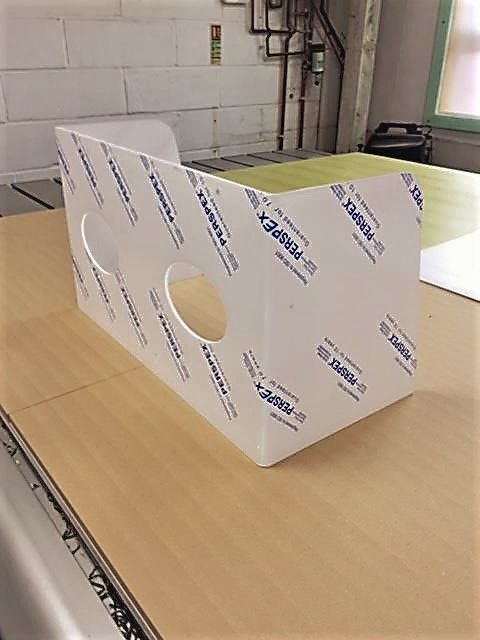There are various plastic manufacturing processes to choose between, and you will find extensive ranges associated with flexibility of form, setup expenses, costs for each component part, finish time, as well as the scale of manufacturing the method permits. Common techniques include CNC (computer numerical control) machining and vacuum formation, both of which cater to different design and production necessities. CNC, for example, features a medium degree of flexibility when considering the shape, a finish period of less than a day, a moderate set-up price, steeply-priced individual parts, and satisfies massive scale manufacturing. Vacuum formation, in contrast, provides a very limited flexibility of shape, only really suitable for developing basic shapes, and can feature a completion time of up to a month. Also, since there’s a wide range of CNC machines, ranging from simple desktop devices, to considerably more highly developed pieces of equipment, the startup price varies from minimal to high, and the cost per component and the finish time are highly variable, and dependent on the sophistication of the machine.
Overview Of CNC Machining
CNC machining is a computer controlled subtractive approach, which removes material from plastic as a way to produce the desirable shape. The computer is high-tech, with the ability to convert a design into figures using a computer aided design computer software system. The numbers are able to operate the machine to cut the desired shape. To set up, the machines require an intermediate stage in the development and validation of tool paths. Once the machine is provided with the tool paths, the subtractive procedure is launched. Once the construction is complete, the component is washed, smoothed, and trimmed.
For low volume plastic component part requests that need tight tolerances and forms which are difficult to mould, machining is appropriate. CNC machining also offers low to medium initial costs, and can create top quality plastic pieces with minimal finishing times. Nonetheless, with an increase of product intricacy, the charge per element climbs up. Furthermore, the process necessities tool access considerations, and particular designs, for instance those with curved interior channels, are near-impossible to create with CNC manufacturing.
Breakdown Of Vacuum Formation
Vacuum formation is a procedure through which plastic is heated up and moulded, commonly using a mould. The enormity and complexity of vacuum-forming machines range between cheap desktop devices to sophisticated manufacturing machinery. {There are a number acrylic display manufacturers Uk online websites in England, if you’re searching for more information or perhaps prices this web site is the best starting place bespoke acrylic specialists. www.displaydevelopments.co.uk is definitely a site that has lots of up to date information on bespoke perspex.|{In case you’re interested in extra info in regard to prototyping plastic parts this online site plastic distributors and fabricators contains many more blog posts referring to machining of plastic parts. This page custom plastic prototyping provides extensive more information on the subject of thermoforming of plastic sheets. There are a lot plastic prototyping companies online sites in Britain, if you’re looking for more information or perhaps even prices this page is a superb starting point for
It is usually ideal for any venture, ranging from tailor-made designs to large-scale production, considering the large array of machinery offered and that also automatization is undoubtedly an option when necessary. However, there’s minimum flexibility in the types of shape it can develop, and is also unfortunately exclusively able to generate pieces with basic geometries. In comparison to various other methods, tooling prices are minimal, given that vacuum formation merely requires minimal forces and pressures. Usually, for modest production sizes the moulds are constructed with Three-dimensional printed resin, or even plaster, and then for higher development sizes more robust equipment composed of metal is used.
The production process begins with a sheet of plastic being clamped and warmed up until the plastic becomes mouldable. The plastic is then put into the mould and cooled off, and often fans and also other chilling methods are utilised in an effort to accelerate the cooling process. The last stage entails any excess plastic being removed.

